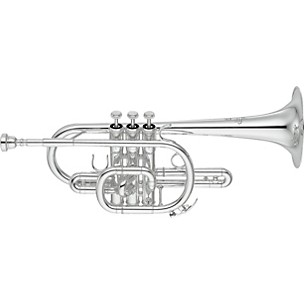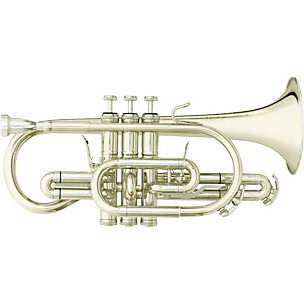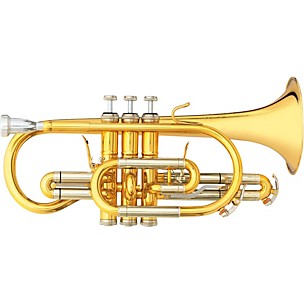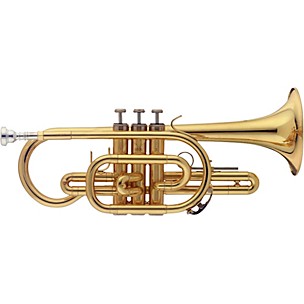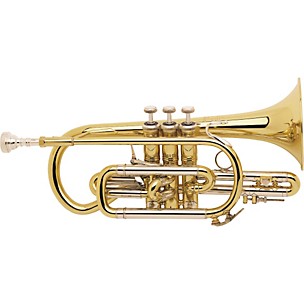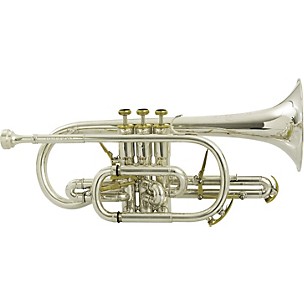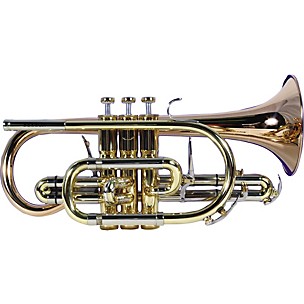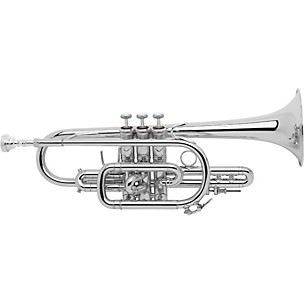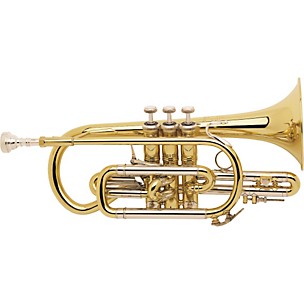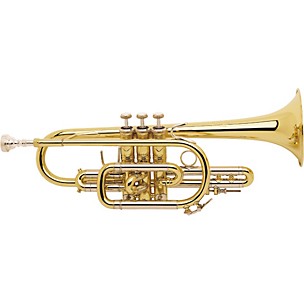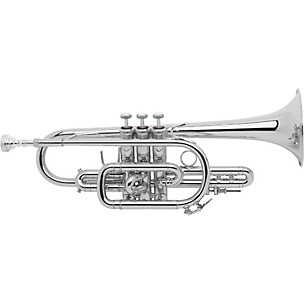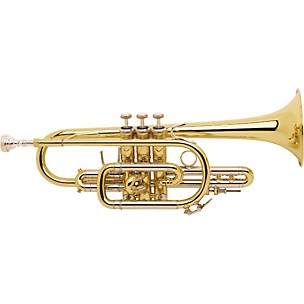Cornets
About The Cornet
Developed from the post horn in the 1820s, the cornet is a brass instrument that is almost like the trumpet. The difference between the two is in the bore or tubing. A cornet bore is conical which steadily widens all the way through the length of the instrument. Whereas the trumpet bore is cylindrical and remains of the same diameter from mouthpiece to bell. The initial cornet was designed with a conical-shaped tube three valves and a removable shank. It was initially used in the jazz dance music and as the treble brass voice for an orchestra. This instrument was the brass solo instrument that used by composers before the trumpet existed. However in recent days this instrument is mostly used in concert and marching bands.
Like most of the modern brass wind instruments the cornet produces the sound when the player vibrates the lips in the mouthpiece to create a vibrating column of air in the tubing. Commonly pitched in B flat there are also cornets that are pitched in a different key like the C or E flat soprano cornet. Though there are other pitches of cornet that exist they are very seldom manufactured or used in performance as the other brass instruments fill those pitch ranges. The cornet comes in two basic shapes; the classic "shepherd's crook" and the trumpet-style. The trumpet-style cornet produces more powerful sound than the shepherd's crooks’ which makes it more popular to be used in the large ensembles and orchestras. There are a few forms of contemporary music that have adapted the cornet for their use. So the trumpet and cornet are still used interchangeably especially in brass concert and jazz bands.
